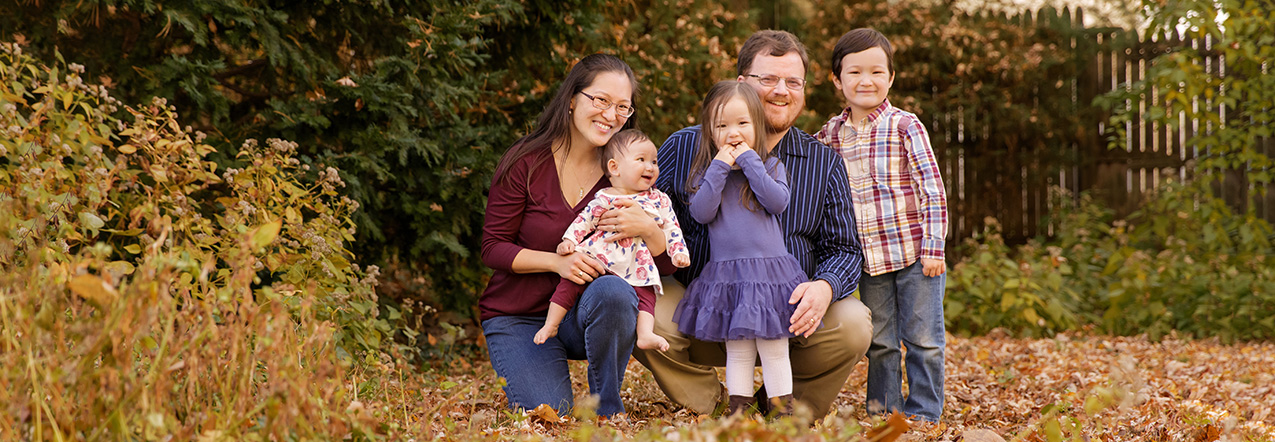-
Posts
808 -
Joined
-
Last visited
-
Days Won
5
Everything posted by Christina Keddie
-
Whoa! No no, just your raw processing -- and please tell me you aren't using adjustment brushes in LR. And no cropping during editing!! (Particularly part 2 of this article!)
-
OK, so go ahead and do your raw processing (WB, exposure, noise removal) and post your SOOR here.
-
Hah, sorry, I missed the dead pixels bit. I saw the complaint about the popup flash and was like, girl, stop using the popup flash. I still stand by what I said about Cindy's lenses, though.
-

Web Actions
Christina Keddie replied to Hbarker's topic in Output - print, websites, Facebook, email, client disk, etc
So -- have you restarted your computer and then tried again? -

Prints too warm
Christina Keddie replied to Alicia whittle's topic in Monitor calibration questions or problems
Just to clarify -- you were following Damien's instructions, right? Including the troubleshooting steps? http://www.damiensymonds.net/cal_CMD_pc.html -

replace background behind sheer scarf
Christina Keddie replied to Elyse's topic in Help with editing
While you wait for Damien to wake up, have you read through this article yet? http://www.damiensymonds.net/2011/06/sometimes-you-get-lucky.html -
Cindy, the ONLY lenses you own that will work on a full frame body are the 50mm and the 75-300, and assuming your 50 is the cheap 1.8, neither of these are lenses I'd want to put on a full frame sensor. That sensor will show every single flaw in your glass, and your lenses are, I'm afraid, pretty crappy. Glass first, body second. You will get a MUCH higher bump in image quality if you invest in high quality lenses first. Think a fixed-aperture zoom, or a set of good primes. Heck, even a $100 Yongnuo flash you can put on your camera hotshoe (so you're not venturing into OCF yet, but can at least change the direction of your light) will make a GIGANTIC difference in your low light photography!
-

Photoshop Timeline missing commands
Christina Keddie replied to TinaK's topic in Miscellaneous questions or problems
7.7GB free?? Really? I'm not sure if that's causing this specific problem, but that's a HUGE PROBLEM. Clear off some space on your hard drive, stat!! You want to aim for at least 1/3rd free at all times. -
No, click on "Preparing headshots to exact size." That's a link. The link I added to my post above. http://www.damiensymonds.net/2010/08/preparing-headshots-to-exact-size.html See how your link ends in ?s=headshots -- that means it's the result of a search for the word "headshots" on Damien's website. What you've got there is the complete list of hits that pop up when you search his website for "headshots." Click on the article title to get the actual article itself.
-
Did you click the link? You've just linked a search page, and the article you want is the one and only result for that search term. This link, from your search results page: http://www.damiensymonds.net/2010/08/preparing-headshots-to-exact-size.html
-
Has anything else changed in the interim? Upgrading your Mac OS (which OS are you running right now, by the way?), upgrades to your LR, etc.?
-
Hi Michelle, have you ever successfully sent emails through LR, or is this your first time trying this out?
-

Batch Exporting
Christina Keddie replied to HeatherH's topic in Photoshop / Elements / Bridge / ACR questions or problems
For what it's worth, I batch the sharpening step of D's action -- as long as my files are in focus with the noise removed, I don't find the incremental difference in sharpening per photo to be worth the time and effort. I just meant you shouldn't do client previews with no sharpening at all! I only do per-photo sharpening for prints. -

Batch Exporting
Christina Keddie replied to HeatherH's topic in Photoshop / Elements / Bridge / ACR questions or problems
Oh no, I meant you should be using Damien's web action to batch resize, sharpen, possibly watermark, and save all of your files for your client previews. -
No, I meant *do* all of your raw processing, save as a jpg, and then post it again.
-
Do you have a photo of the background without those blown patches? Go ahead and do your raw processing on this image and then post it again. I suspect the blown highlights are completely obliterated, with no data left there to recover, but obviously you'll need to do your raw processing before you do any kind of background replacement or pixel editing work.
-

Extracting subject from green background
Christina Keddie replied to Hemant's topic in Help with editing
This is why we don't recommend using green at all for shooting images like this (unless, of course, you intend to have a portrait of a subject against a bright green background). Getting rid of all the bright green in the hair and the veil is going to be a giant pain, to say nothing of the color casting (all those green reflections on the clothing and skin and hair!) and how difficult you've made it for yourself to mask or blend your subject against any other color at all... But since you've already shot these images, and assuming reshooting them isn't an option... Can you show us the background you want to use to replace the green? And while you're pulling that up, this tutorial might be helpful (though again, with the green, you've made this unnecessarily difficult for yourself). -

Batch Exporting
Christina Keddie replied to HeatherH's topic in Photoshop / Elements / Bridge / ACR questions or problems
You'd use Image Processor to do this. The beauty of Image Processor is it saves all output files in a new separate folder, so it's impossible to save over your PSDs. Damien's instructions for setting up and using his web actions explain how to use Image Processor with Bridge. (And "client previewing" is when your client will first see these images and make decisions on purchases, yes? I'd argue that that's one of the most important places to be concerned about correct sharpening...) -
The Sigma Art lenses are very very good -- as long as you get a good copy, and also use the dock to microadjust it to your body. I'd be super leery of renting a Sigma lens.
-

Best way to cut out a baby from a background
Christina Keddie replied to shirly526's topic in Help with editing
Show us the other background, please. -
There's a lot going on in this one little post... First of all, for what specific purpose are you creating these JPGs? Each web display will have its own size requirements, and you'll need to size the files specifically for each web display. Secondly, the 72ppi means absolutely jack squat here. Remember that PPI stands for "pixels per inch," and (1) there's no such thing as "inches" in web display, and (2) you've defined the pixel dimensions, so that's all that matters. Third, don't confuse megabytes and megapixels. Most websites have optimum display specs based on pixel dimensions, and secondarily have a maximum size in bytes. Resize your file to fit the pixel dimensions, and in the rare occasions when those resized files are too large for a max byte size, then you can slowly reduce the JPG quality level to get them under that target size. Fourth, that output sharpening setting in the LR export dialog box does very very little. If you actually want to sharpen properly for web (and *certainly* for proper sharpening for print), you'll want to use Photoshop's USM instead. We can talk about output sharpening once we've sorted out your size requirements, though. So: what are the optimum pixel dimensions for the web display you're creating these specific JPGs for?
- 1 reply
-
- 2
-

-
Hope, do you understand how layers and masks work? That will be vital for this kind of removal work, and if you don't know how to mask an edit off of a layer, I HIGHLY recommend Damien's Layers & Masks class, for only $32. I would first do all the raw processing (exposure, white balance, noise removal, etc.). Then on the SOOR, I would probably (1) duplicate a large chunk of the good grass on the left side, enough to cover the entire bench, so including some of the swing chains, (2) clone out the chains on that new duplicated chunk, (3) move that chunk over on top of the bench, and (4) mask it off.

